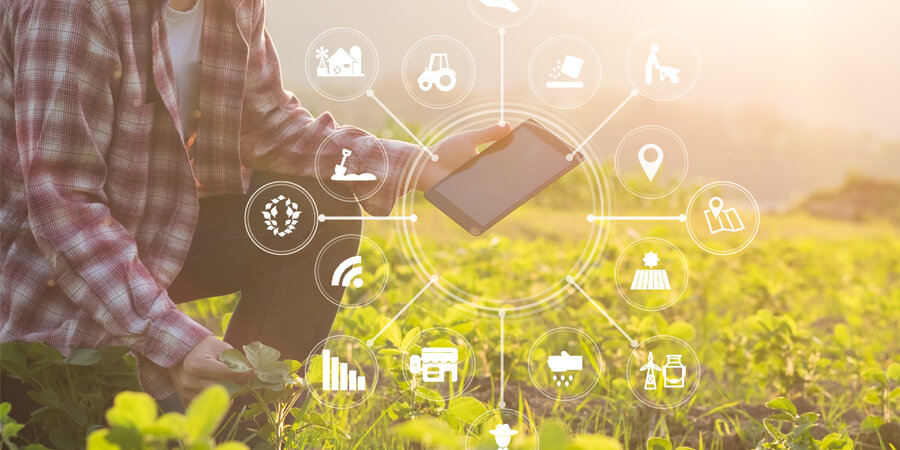By Benson Yeo, senior vice president, IDEMIA Mobile Operations Business, APAC
Earlier this year, the World Economic Forum (WEF) called a failure to tackle climate change “an existential threat to humanity.” Today, carbon emissions are on a rapid rise, with the telecommunications industry projected to account for 2 percent of emissions by 2030, driven by increased energy consumption. With the Asia-Pacific region emitting more than half of the world’s greenhouse gases and with technology playing a large role in national climate action plans, there is an increased incentive for companies and organisations in the telecommunications sector to “act, not react.”
While companies in the region can proactively innovate with products and services that positively impact or complement the environment, this is only part of the equation. Alongside actively engaging consumers from businesses to individuals with environmentally friendly products, these efforts should be complemented by strategic collaborations outside the industry to make a real impact. Companies can actively seek out and form collaborations with like-minded companies that prioritise and implement their environmental, social, and governance (ESG) goals.
By working together symbiotically, these efforts can help drive the entire industry and related ecosystems forward to reduce the overall impact of climate change and achieve the sustainable development goals (SDGs).
Greener, more conscious, environmentally friendly products that are also customer-centric
The telecoms industry’s main environmental risks are emissions from base towers and e-waste landfills, with the latter expected to generate around 74 tonnes of e-waste by 2030, almost double the amount in 2014.
Solutions such as the use of recycled and biodegradable materials are therefore welcome and increasingly appealing to today’s environmentally conscious, modern consumers. GREENCONNECT by IDEMIA, for example, presents a suite of solutions that allow telecom partners to easily switch from traditional products to green materials resulting in less plastic and paper waste.
Driven by the world’s transition to the Internet of Things (IoT) generation and the fourth industrial revolution, the rise of 5G has strong potential to positively impact overall sustainability by linking with IoT, to enable decarbonisation and reduce energy consumption and emissions. Its large-scale rollout has already catalysed innovation and a surge in popularity of complementary and more environmentally-friendly products. There are also initiatives driven by this transition. eSIMs, for example, are easy to setup and able to connect to a mobile network without having to replace or reinstall anything. Along with reducing physical waste, this attracts and enables the savvy and sustainability minded customer, as it not only future-proofs devices and usage, but overall impresses with its compatibility with the increasing digitalization lifestyle – especially in the post-pandemic world.
Products like these are recommended by the regulatory bodies as they simultaneously help national operators achieve their corporate and social responsibility (CSR) goals which in turn intersect with environment, sustainable goal (ESG) approaches or strategies. Once these are consciously applied, this opens the way for further conscious partnerships and collaborations, as well as innovations that reduce environmental impact. Many offerings from the larger information and communications technology (ICT) sector can then enable business customers, clients and individuals to reduce their own energy consumption, contributing to an overall reduction in waste.
A holistic ecosystem drive for the industry
Still, the onus is not only on the ICT industry if real change is to be achieved - but supporting stakeholders also have a role to play. After all, the modern, climate-conscious consumer demands ‘greener’ accountability when making consumption decisions, and in the ICT industry, this cannot be a ‘one-off’ product, but a consideration of the whole societal impact (TSI).
Innovative products, such as eco-friendly SIM cards show that factors beyond the product alone, such as packaging and transport, have been considered. For instance, paper blisters and raw fibre cardboard kits that are free of glue and varnish demonstrate that circular economy principles have been considered along with responsible waste management. This serves today’s consumer’s search for environmental commitments that extend beyond the product life cycle.
Initiatives such as these also provide the opportunity for collaborations between the private and public sectors that focus on reducing overall climate change. This way, telecommunication businesses in the Asia-Pacific region can proactively use their influence in the industry to reach beyond their immediate sectors and seek opportunities that have a positive impact on the environment.
The need for shared responsibility and effort between companies and individuals
To maintain a liveable climate, it is estimated that greenhouse gas emissions must be reduced to net-zero by 2050. Because the power needed to drive change in the industry goes beyond just governments and corporations, it is critical that employees and individuals act as well. In addition to changing personal habits and choosing to use more sustainable products, corporates, employees, and individuals can take collective action such as beach-clean-ups, planting trees, or using more public transport. By actively advocating for the ‘3Rs’ (reduce, reuse, recycle) approach and responsible choices, these efforts can work in tandem with corporate ESG and CSR commitments such as aligning with the United Nations Global Compact to result in even greater impact.
With growing customer awareness and attention to sustainability issues, the risks to companies that do not proactively seek ways to reduce environmental impact could affect long-term reputations and drive consumers to switch to more conscious competitors. For telecommunications companies in the Asia-Pacific region, there is both an opportunity and an incentive to help drive the global transition to a low-carbon, sustainable global economy. Given that sustainable solutions are projected to be an economic boost in the post-pandemic era, creating new roles for a new, sustainable, circular, and profitable economy all-around can benefit not only the planet but also those who re-invest in its resources, creating a path for an overall, sustainable future.





